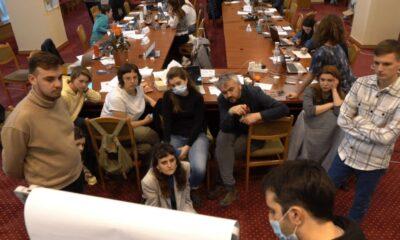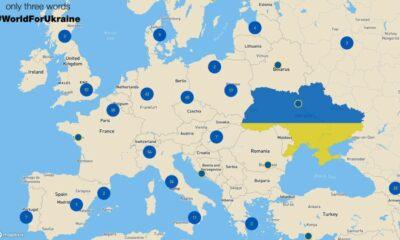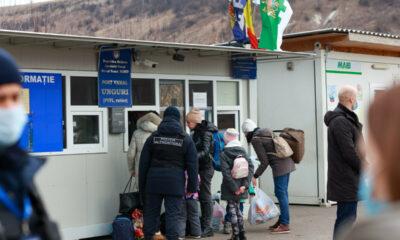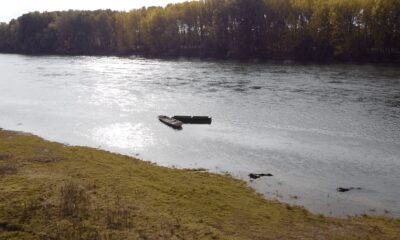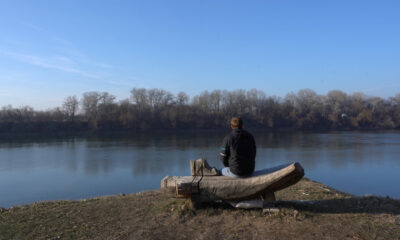Economy
Luck Runs Out For Russian Casinos, Gaming Halls
Reading Time: 4 minutesThe casinos on Novy Arbat street, the main gambling strip in Moscow, have already turned off their lights. One of the oldest casinos in the country, Metelitsa, has two signs, one saying, Thanks for 16 years of trust and another offering the place for rent.
By Kevin O’Flynn
The casinos on Novy Arbat street, the main gambling strip in Moscow, have already turned off their lights. One of the oldest casinos in the country, Metelitsa, has two signs, one saying, "Thanks for 16 years of trust" and another offering the place for rent.
"It’s part of the history of Moscow," says Yekaterina Pushkova, an actress who lives nearby and was outside Metelitsa early on June 30 taking a picture.
"As long as I can remember this establishment has been here. There are a lot of myths and legends about the place. Really, the sign ‘Thanks for 16 years of trust’ evokes a sentimental feeling."
At the stroke of midnight, like Metelitsa, all the casinos and slot-machine arcades across the country were expected to close. As of July 1, gambling would only be allowed in four Las Vegas-style zones decreed by the government.
In the flashy, wild 1990s, casinos were an essential part of Russia, where millions were lost and won at blackjack tables or on spins of the roulette wheel. Gangsters and their molls played at their tables and were also said to be the owners in some cases.
But that’s not what did the industry in. Instead, it was the humble slot machine.
Russian Las Vegases
In 2006, then-President Vladimir Putin pushed a law through that banned gambling from July 1, 2009, all over the country except for in four specially chosen zones: one in the Far East close to the North Korean and Chinese borders, one in the Altai region; a third in Kaliningrad; and the fourth close to the Azov Sea in the south of the country.
The areas were touted as the future Russian Las Vegases. Today the areas are similar to the gambling-world capital in only one respect: they are as empty as the desert that surrounds Las Vegas.
Michael Boettcher is the head of Storm International, which has run casinos in Russia for more than a decade but is one of the many companies leaving the country instead of going to the zones.
"In Russia, they wanted to build four Las Vegases in 2 1/2 years in places that had absolutely zero infrastructure — no roads, no water, no power — no people, by the way — and zero chance of anyone going there," Boettcher says.
"Apart from that, it was a great idea."
Boettcher’s company employed 6,000 people in Russia. He spoke while flying to Georgia, where his company is now hoping to open a new casino.
None of the Russian casino companies have been tempted into the new gambling zones either. Local newspapers in the regions show empty fields where casinos were promised.
The gambling industry says that 400,000 people will lose their jobs because of the law and the Russian budget will lose $1 billion a year in tax revenues. President Dmitry Medvedev spoke recently of 60,000 jobs lost.
A Slot Machine On Every Corner
The 2006 decision came after a few years of expansion during which slot machines began to appear in the strangest spots, such as in underpasses and youth centers. Most strikingly, you could see slots right on the street, making the sight of people feeding money into the machines near bus stops commonplace.
This expansion was the result of a decision to give gambling-licensing rights to the State Sports Committee, which began to hand out licenses at a breathtaking rate. It was a decision opposed by many in the casino industry, who foresaw the potential for problems, Boettcher says.
"There were then 3,000 slot-machine locations in Moscow. Obviously a very bad idea, totally unregulated," Boettcher says.
"You could go and get a license for $20, go and buy two slot machines for $100 each, and invite your neighbors around. And that’s what happened, by the way."
The slot-machine expansion was not restricted to Moscow. Machines appeared in even the farthest corners of the country. The huge increase was deeply unpopular among Russians, and local doctors spoke of a sharp hike in gambling addictions.
"It is not only young people, but also retirees who lose their last kopecks and pensions through gambling," Putin said in 2006.
When the gambling restrictions were announced, they won widespread approval. Despite her affection for Metelitsa, Pushkova is one of those who fully supports the law.
"It will reduce the problem of those who don’t have enough money for it but who are sick with gambling," she says. "The fact that casinos are closing will, I think, save a lot of families."
Gambling Goes Underground
Gambling officials hoped officials would change their minds at the last moment and leave the high-roller casinos, but Medvedev has ruled out any compromise.
As a way out, some in the industry have put their hopes on the poker industry. The game has been officially declared a sport, allowing casinos to become poker clubs. Many casinos have been running poker lessons for the last few months to try and create a market among those who won’t have casinos to go to anymore.
Some slot-machines arcades have turned themselves into Internet cafes so that customers can play the slots online. But the Moscow city government has threatened to close down Internet cafes caught doing this.
When midnight strikes, the legal casino and slot-machine industry in most of Russia will be dead. No one knows for sure if the designated gambling zones will ever succeed, but one thing is certain — gambling will continue, underground.
"You have a business, a business, where hundreds of thousands of people play every day, which is now being made illegal," Boettcher says.
"Do you think that people will continue to play in casinos? Of course they will, and of course people will seize that opportunity."
Economy
Moldova will receive a disbursement of 36 million euros as part of the the Economic Recovery Plan
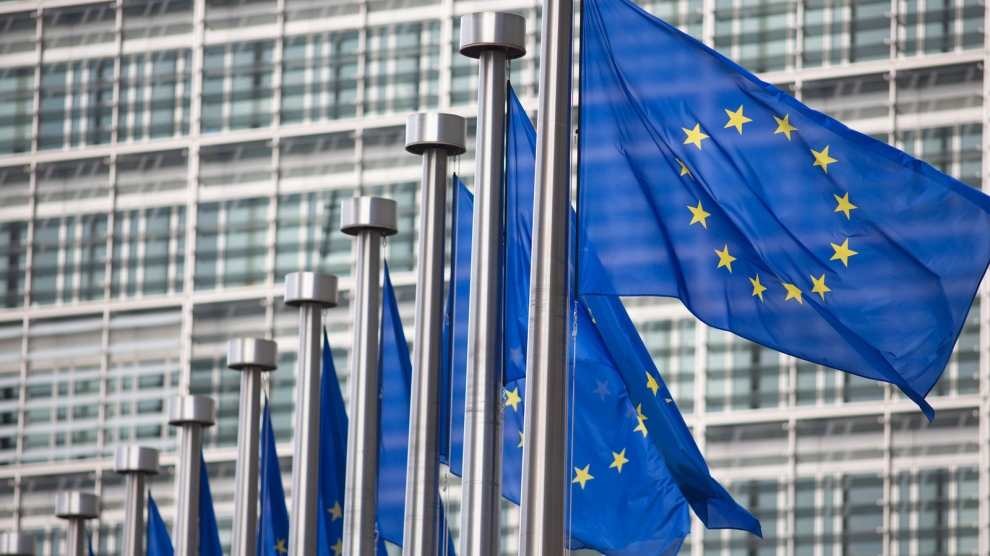
This week, the European Commission approved the disbursement of 36 million euros in grant money for the Republic of Moldova. The announcement was made by Deputy Director-General for Neighbourhood Policy and Enlargement Negotiations at the European Commission, Katarina Mathernova, who paid an official visit to the Republic of Moldova between September 13-15, together with Managing Director for Russia, Eastern Partnership, Central Asia, Regional cooperation and OSCE, at the European External Action Service, Michael Siebert.
The EU officials had meetings with President Maia Sandu, Minister of Foreign Affairs and European Integration, Nicu Popescu, Speaker of Parliament, Igor Grosu, Prime Minister of the country, Natalia Gavrilita, as well as key representatives of Government, international financial institutions and the civil society, according to a press release issued by the Delegation of the European Union to the Republic of Moldova.
Beside such topics as the EU-Moldova relations and prospects, the priorities of the reform agenda of the new Moldovan Government, preparations for the Eastern Partnership Summit at the end of the year and the Transnistrian conflict settlement, the officials also discussed the EU assistance in support of reforms and the Economic Recovery Plan for Moldova, which was announced in June with a total EU support of 600 million euros over the next 3 years.
“The first measures under the Economic Recovery Plan will shortly materialize, with the expected disbursement of 36 million euros in grant money under budget support programmes to support the authorities’ efforts to fight against the consequences of the pandemic. Moldova can count on EU’s assistance on its path to reforms and to recovery, bringing tangible results to citizens,” Katarina Mathernova stated.
The plan is based on assistance provided by the European Union through various bilateral and regional instruments, aiming to mobilize the funds in the form of grants, loans, guarantees and macro-financial assistance.
“The Economic Recovery Plan for the Republic of Moldova involves much more, not just this financial support provided immediately. It must help digital transformation, strengthen infrastructure, energy efficiency, education and support small and medium-sized enterprises,” the EU official also said.
As Prime Minister Natalia Gavrilita informed, “The Economic Recovery Plan and the 5 flagship initiatives for Moldova in the Eastern Partnership will directly contribute to the reform and consolidation of institutions, stimulate long-term socio-economic development, bring direct benefits to citizens, and unleash new economic opportunities through promoting the green agenda and digitization. Small and medium-sized enterprises (SMEs) have been hit hard by the crisis. Promoting and diversifying access to finance and reducing collateral requirements will be essential in supporting economic operators. We are grateful to the EU partners who will launch two programs to support 50 000 independent Moldovan SMEs to adapt to the new conditions.”
President of the Republic of Moldova, Maia Sandu, welcomed the decision of the European Union to disburse about 745 million lei in grant money, as the official page of the President’s Office announced. “EU support comes after a long period of freezing of European assistance, caused by former governments. We managed to relaunch the political dialogue with the European Union and resume financial assistance. The Republic of Moldova is gradually regaining the trust of its strategic partners. This European support is also a signal of encouragement for the new Government team in its commitment to clean up the institutions, fight corruption and launch development programs in the country,” said Maia Sandu.
Photo: unknown
Economy
Romania and Moldova signed a partnership memorandum pledging to cooperate in promoting their wines

The Chamber of Commerce and Industry of Romania (CCIR) and the National Office for Vine and Wine (NOVW) of the Republic of Moldova signed, last week, a memorandum of cooperation on organizing joint promotional activities in the markets of common interest, as the CCIR announced.
China, Japan or the USA are just some of the markets targeted by the Romanian and Moldovan institutions. The memorandum also involves advertising activities for wines from common indigenous varieties, promoting the oeno-tourist region, developing a tourist route in the two states, exchange of experience, study visits, and mutual support in identifying new export opportunities. “We are very confident that this collaboration between our organizations will lead to sustainable economic growth and a higher degree of well-being among Moldovans and Romanians,” claimed Deputy Secretary-General of CCIR, Bogdan Visan.
On the other hand, Director of the NOVW, Cristina Frolov, declared that no open competition with Romania is aimed at the governmental level of the Republic of Moldova. “This request for collaboration is a consequence of the partnership principle. Romania imports 10-12% of the wine it consumes, and we want to take more from this import quota. Every year, the Romanian market grows by approximately 2.8%, as it happened in 2020, and we are interested in taking a maximum share of this percentage of imported wines without entering into direct competition with the Romanian producer,” the Moldovan official said. She also mentioned that Moldova aims at increasing the market share of wine production by at least 50% compared to 2020, and the number of producers present on the Romanian market – by at least 40%.
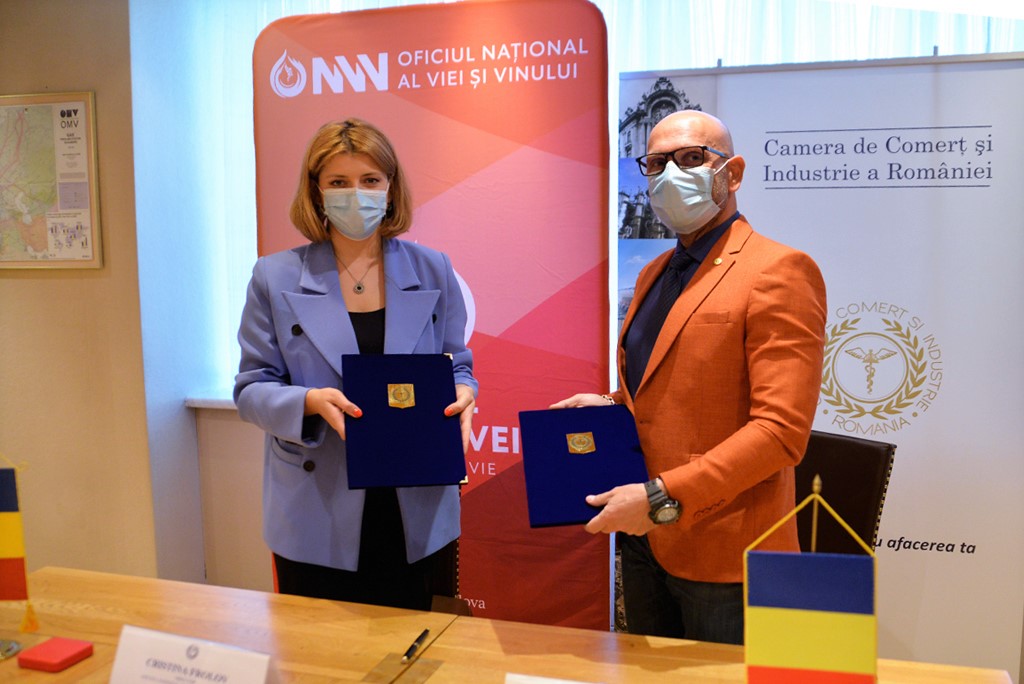
Source: ccir.ro
**
According to the data of the Romanian National Trade Register Office, the total value of Romania-Moldova trade was 1.7 billion euros at the end of last year and over 805 million euros at the end of May 2021. In July 2021, there were 6 522 companies from the Republic of Moldova in Romania, with a total capital value of 45.9 million euros.
The data of Moldova’s National Office of Vine and Wine showed that, in the first 7 months of 2021, the total quantity of bottled wine was about 27 million litres (registering an increase of 10% as compared to the same period last year), with a value of more than one billion lei, which is 32% more than the same period last year. Moldovan wines were awarded 956 medals at 32 international competitions in 2020.
Photo: ccir.ro
Economy
Moldova’s hope to be a top walnut exporter and its main difficulties
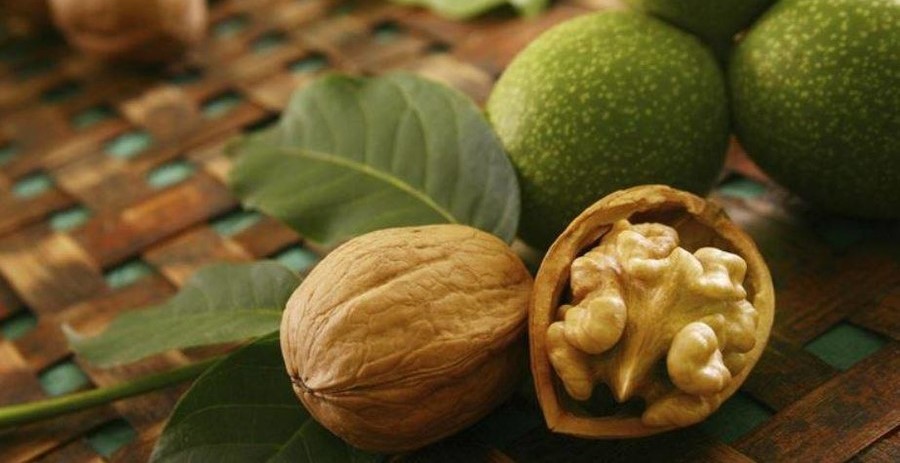
The Republic of Moldova has perfect weather conditions for growing walnut trees, that creating a great potential of walnut production and trade, especially on international markets, where the demand is way higher than the product’s supply. National and international experts believe that the country’s walnut production industry is on the verge of important transformations, which could lead to increased yields, quality and competitiveness worldwide.
According to authorities, Moldova exports 34-35 thousand tons of walnuts in shell, which is about 7% of the total export of fruit and 5% of the total export of horticultural products. The export value is assessed as being $120 million, that being 57-60% of the total fruit export value and about 50% of horticultural export value. Most of walnut crops are exported to the EU countries, such as France, Germany, the Netherlands, Romania and Austria. The country’s exports were among the world’s top 10 when it comes to the highest dollar value of the product during 2020.
Viorel Gherciu, Minister of Agriculture and Food Industry, pointed out that the production in the domestic walnut industry has increased by 55% in the last five years, which ranks Moldova among the main producers in the world.
“The biggest opportunity for this industry is that we are in the geographical proximity of the largest walnut import area in the world, which is the European Union, with almost 40% of total imports in the world. We are on the EU border, with privileged relations, with an Association Agreement. We already enjoy a good relationship in working with European importers, they trust our processors. A very close collaboration has been created and this is, in fact, the guarantee for those who invest in the area,” claimed the president of the Walnut Producers Association, Oleg Tirsina.
The data provided by the National Bureau of Statistics show that there are 34.7 thousand hectares of walnut plantations in the country. 20.90 hectares are represented by orchards. 75% of planted orchards are formed of old varieties trees. 30-35% of the exported production comes from orchards, the rest comes from individual farmers and plantations along the roads. This means that the quality of walnut production is not at its maximum potential. Developing commercial plantations through orchards modernization and extension of walnut varieties would provide double yield and better quality, experts say.
Governmental support in the form of subsidizing solutions, foreign investments and credit options are indispensable for the industry development. One of the financing options is the credit line of the European Investment Bank Project. Since 2016, 15 producers and processors of nuts, almonds and hazelnuts have benefited from these loans with the total amount of investments worth 8.7 million euros. A further extension of the project would provide another 60 million euros for the modernization of the horticultural sector in general and for harvesting organic walnuts in particular.
Photo: heymoldova.com


